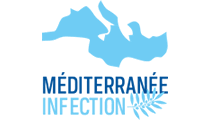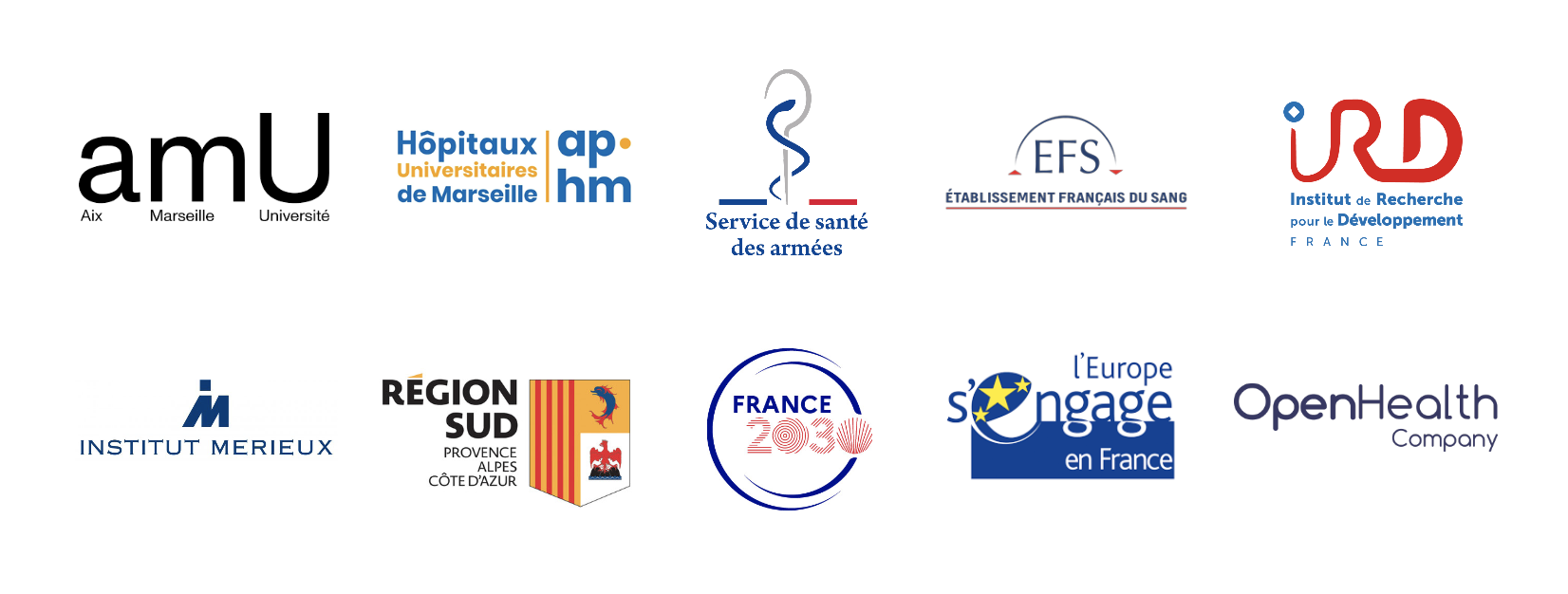Domaines de compétence et activités
Parasitologie et Mycologie
Diagnostic des parasitoses et des mycoses
Publications représentatives de l’activité hospitalière
- Gautier M, Normand AC, Ranque S. Previously unknown species of Aspergillus. Clin Microbiol Infect. 2016 Aug;22(8):662-9. doi: 10.1016/j.cmi.2016.05.013. Epub 2016 Jun 2. Review. PubMed PMID: 27263029.
- Nabet C, Doumbo S, Jeddi F, Konaté S, Manciulli T, Fofana B, L’Ollivier C, Camara A, Moore S, Ranque S, Théra MA, Doumbo OK, Piarroux R. Genetic diversity of Plasmodium falciparum in human malaria cases in Mali. Malar J. 2016 Jul 11;15:353. doi: 10.1186/s12936-016-1397-0. PubMed PMID: 27401016; PubMed Central PMCID: PMC4940954.
- Coulibaly O, Kone AK, Niaré-Doumbo S, Goïta S, Gaudart J, Djimdé AA, Piarroux R, Doumbo OK, Thera MA, Ranque S. Dermatophytosis among Schoolchildren in Three Eco-climatic Zones of Mali. PLoS Negl Trop Dis. 2016 Apr 28;10(4):e0004675. doi: 10.1371/journal.pntd.0004675. eCollection 2016 Apr. PubMed PMID: 27124571; PubMed Central PMCID: PMC4849727.
- Michel J, Maubon D, Varoquaux DA, Boulze C, Normand AC, Righini CA, Piarroux R, Dessi P, Ranque S. Schizophyllum commune: an emergent or misdiagnosed fungal pathogen in rhinology? Med Mycol. 2016 Mar;54(3):301-9. doi: 10.1093/mmy/myv084. Epub 2015 Nov 26. PubMed PMID: 26613704.
- Oliva A, Flori P, Hennequin C, Dubus JC, Reynaud-Gaubert M, Charpin D, Vergnon JM, Gay P, Colly A, Piarroux R, Pelloux H, Ranque S. Evaluation of the Aspergillus Western blot IgG kit for diagnosis of chronic aspergillosis. J Clin Microbiol. 2015 Jan;53(1):248-54. doi: 10.1128/JCM.02690-14. Epub 2014 Nov 12. PubMed PMID: 25392351; PubMed Central PMCID: PMC4290930.
Statut/Grade : MCU-PH




